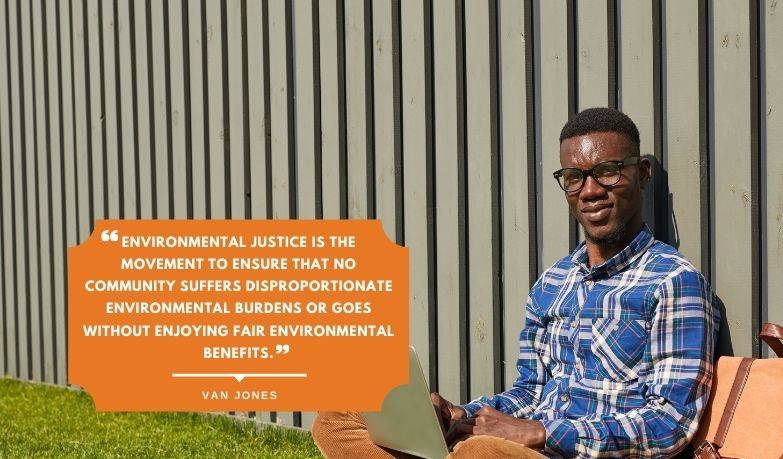Center for Environmental Equity and Justice (CEEJ)
The Center for Environmental Equity and Justice is an information resource center to increase the community, faith-based organizations, state and local government and any other interested parties' awareness of environmental justice issues primarily in the state of Florida and throughout the country. The Center assists, trains, and educates people about environmental justice.
In response to numerous concerns regarding environmental equity and justice issues in Florida, the Legislature (Florida Law, CH. 94-219), created the Florida Environmental Equity and Justice Commission in 1994. The Commission was directed to conduct a study to determine if low-income and minority communities are more at risk from environmental hazards than the general population. The report concluded specific communities were disproportionately impacted by environmental hazards. The report recommended that a center for environmental equity and justice be established. In 1998, the Center was established at Florida Agricultural and Mechanical University (Florida Law, CH. 98-304). The Center's mission is to address environmental issues through research, education, training and community outreach, and make recommendations to be used in developing policies that are designed to protect all citizens from exposure to environmental hazards.
Environmental equity and justice issues came to the forefront when the United Church
of Christ Commission on Racial Justice published in 1987, a landmark study titled
"Toxic Waste and Race in the United States". The study found that three out of five
Black and Hispanic Americans reside in communities with uncontrolled toxic waste sites.
The study is largely considered to be the first to nationally address the siting of
toxic waste sites in minority and low-income communities.
In 1994, the White House issued Executive Order 12898; Federal Actions to Address
Environmental Justice in Minority Populations and Low-Income Populations;. It states
that to the greatest extent practicable and permitted by law, and consistent with
the principles set forth in the report on the National Performance Review, each Federal
agency shall make achieving environmental justice part of its mission by identifying
and addressing, as appropriate, disproportionately high and adverse human health or
environmental effects of its programs, policies, and activities on minority populations
and low-income populations in the United States and its territories and possessions,
the District of Columbia, the Commonwealth of Puerto Rico, and the Commonwealth of
Mariana Islands.

The Center for Environmental Equity and Justice at Florida Agricultural and Mechanical
University addresses critical environmental equity and justice issues by:
-examining issues relating to enforcement, evaluation, health effects and risks, and
site placement;
-providing and facilitating education and training on environmental equity and justice
issues to students, citizens, and local and state government employees through traditional
media networks;
-developing research programs to elucidate and validate contaminant biomarkers of
exposure, effect and susceptibility; in human populations;
-assessing environmental impacts on populations using geographical information systems
and other technologies for developing strategies;
-focusing on the sampling and analysis of environmental contaminants in impacted communities;
-serving as a statewide environmental justice technical and public information resource.
Contact Information
The Center for Environmental Equity and Justice is located on the campus of Florida
Agricultural and Mechanical University, the School of the Environment, in the Frederick
S. Humphries Science Research Center.
Address: 1515 Martin Luther King Blvd.
Florida Agricultural and Mechanical University
Frederick S. Humphries Science Research Center
Tallahassee, Florida 32306
Phone:850-599-8193, 1-800-391-7513; Fax:850-412-7785
E-mail:ceej@famu.edu



